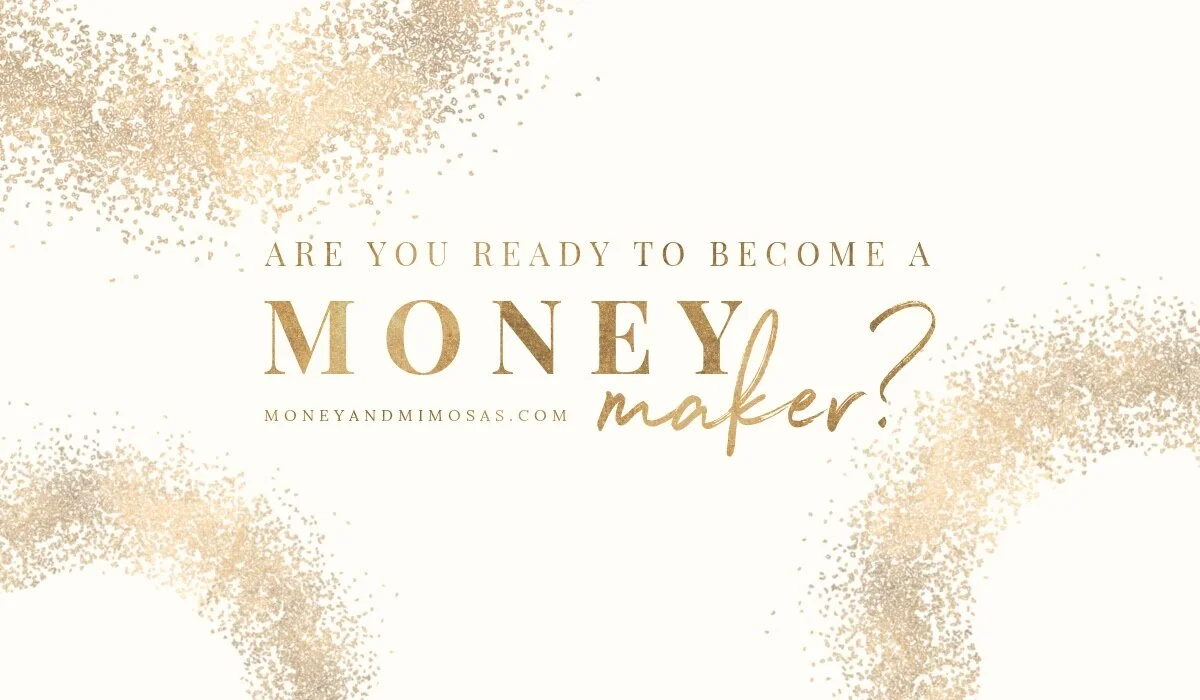I was first introduced to NFTs when a former client hired me to work on the marketing strategy for his company - an NFT marketplace. You can think of it like the stock market for NFTs where folks can buy and sell their NFT holdings.
At first, I was intrigued and delighted to join the project. I love financial markets and am a total geek for all the ways money can transfer hands. After doing some research, I was even more excited by the prospect that this new way of transferring money could help artists and others in the creator economy make an incredible living doing what they love.
However, within six weeks, my exuberant rose-colored optimism was replaced with a heavy-sigh-eye-roll knowing that NFTs were just going to be more of the same.
More of the same meaning white, tech, bros who use words like decentralization to create a façade of altruistic intentions when they are actually motivated by crony exclusivity.
If you have been confused by the whole NFT craze, it’s not you. The confusion is because they have literally created a fake economy. It’s no different from the Beanie Baby craze. Which I loved beanie babies back in the day, but their valuations were ridiculous.
Or better yet, it’s no different from if you were to suddenly decide that all of the photos you posted on Instagram are now worth $1 million each and folks had to now pay you to view them.
The only difference is that you likely don’t have folks drinking your kool-aid and saying, “YES, your photos ARE worth $1 million each. I’ll buy three.”
This, my darlings, is how crony capitalism works. It is a self-perpetuating, contamination of capitalism that breeds a peculiarly foul form of exclusivity. And the dollars flowing into this latest mutation of crony capitalism is astounding.
As of March 2021, Arc (a visual artist based in Saudia Arabia) has sold more than 270 pieces in the form of non-fungible tokens, or NFTs, with a total value of over $480,000. Digital artist Mike Winkelmann, also known as Beeple, recently sold a collaged image file for $69 million after a two-week Christie’s auction. The NBA launched Top Shot in 2019, a marketplace for NBA highlight reels, which users can collect and trade through blockchain technology. It has since generated over $230 million in sales, with individual clips of LeBron James and Zion Williamson selling for about $200,000 each. Last month, YouTuber Logan Paul sold more than $5 million worth of NFTs, in the form of digital Pokémon cards featuring a cartoon image of Paul. And electronic music producer 3LAU dropped a limited-edition NFT-based album on February 27, generating over $11.6 million in less than 24 hours. Source: Vox
So, what is an NFT?
NFT stands for non-fungible token.
In economics, a fungible asset is something with units that can be readily interchanged. A non-fungible asset means that it is one of a kind, and not easily duplicated or interchangeable.
NFTs are "one-of-a-kind" assets in the digital world that can be bought and sold like any other piece of property, but they have no tangible form of their own. The digital tokens can be thought of as certificates of ownership for virtual or physical assets. Source: BBC
How do NFTs work?
Traditional works of art such as paintings are valuable because they are one of a kind. But, digital files of art can be easily and endlessly duplicated. Therefore, they are less valuable.
With NFTs, artwork can be "tokenized" to create a digital certificate of ownership that can be bought and sold. As with crypto-currency, a record of who owns what is stored on a shared ledger known as the blockchain.
The records cannot be forged because the ledger is maintained by thousands of computers around the world.
NFTs can also contain smart contracts that may give the artist, for example, a cut of any future sale of the token.
The Cut describes it as the haute-couture of currency and manufactured exclusivity. I like that description.
This sounds great for artists, right?
Yes, it is amazing for artists. Hence why I was initially very excited to jump into this space. It gives artists a new way of monetizing their work and allows them to receive royalties on the future sales of their art. On one level, and in theory, it can also decrease stealing digital art without credit because there is a record of the owner.
So, what’s the problem?
From a social equity standpoint, the issue is that the artists who are able to cash in on these NFTs are generally those that already run in these affluent circles. Like in the physical world, the “value” of artwork is predicated on whether or not someone will buy it at that price. One’s network is one of the main factors in determining the “value” of the work. It has been rumored that these astronomical sales have been facilitated by one or a small few who are desperately trying to make NFTs a thing. Their intentions is entirely self-serving. Which, perhaps surprisingly, I am not opposed to. What I am opposed to is lying about it and branding the movement as some sort of social justice effort.
From an environmental standpoint, the amount of energy one NFT transaction takes is equivalent to the use of energy of one U.S. household in a day. To read all about the environmental issues, check out this article.
Should you care about NFTs?
Like anything in finance, I believe it is worth keeping an eye on trends to see how the energy of money is flowing. While my opening of this article was harsh, I am enjoying the emergence of NFTs because it provides an invitation to think deeply about the spirit of money. It is reminding all of us that this whole financial system is a creation. We can choose to be passive sheep following the herd. Or we can choose to be active participants that help co-create a more economically equitable environment that harmoniously supports artists, creatives, and the planet.


